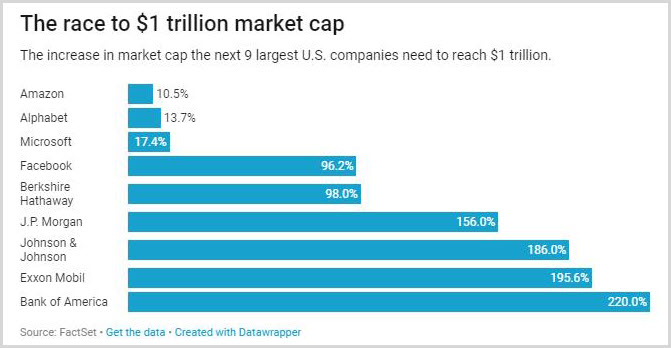The coronavirus (COVID-19) has wreaked havoc on worldwide supply chains, shipping routes, commerce customer demand, and travel. The broader market sold off in a historic downward move as the coronavirus has spread outside of China. During the last week of February, the Dow Jones and S&P 500 sank by 12% and 11% for the week, respectively. This marked the worst weekly performance since the financial crisis for the markets. The Dow posted its biggest one-day loss ever during the week and tumbled into correction territory, down more than 10% along with the S&P 500 and Nasdaq. This market-wide meltdown is in response to the negative impact that COVID-19 will likely have on the global economy and corporate earnings. A wide array of companies have already issued warnings about their upcoming quarterly earnings. This placed a damper on the outlook for the markets, especially with rising concerns over a potential outbreak occurring in the United States. The OPEC fiasco and plummeting oil prices are exacerbating this market weakness. These events are presenting buying opportunities across the board in high-quality names and the indices on the whole.
The Market Meltdown
The number of new cases in China continued to rise and spiked in South Korea and Italy during the final week of February and the first week of March. During this time, the Dow posted multiple declines of more than 1,000 points. One loss of 1,192 points was the Dow's biggest one-day point loss on record. The Dow was down 14% from a record high during this period. The S&P 500, posted declines of more than 2% multiple times during this two week period as well. The S&P 500 fell 13% below a record high, and this marks the average's fastest decline from a record high into a correction ever, outside of a one-day crash. It's noteworthy to highlight that 96% of the entire S&P 500 is in correction territory, and all 30 Dow stocks are down more than 10% from their respective 52-week highs. Furthermore, the COVID-19 market sell-off has wiped out over $3.5 trillion in market value from its high during the two weeks. Continue reading "COVID-19 Market Meltdown - Hysteria Presents Opportunities"

